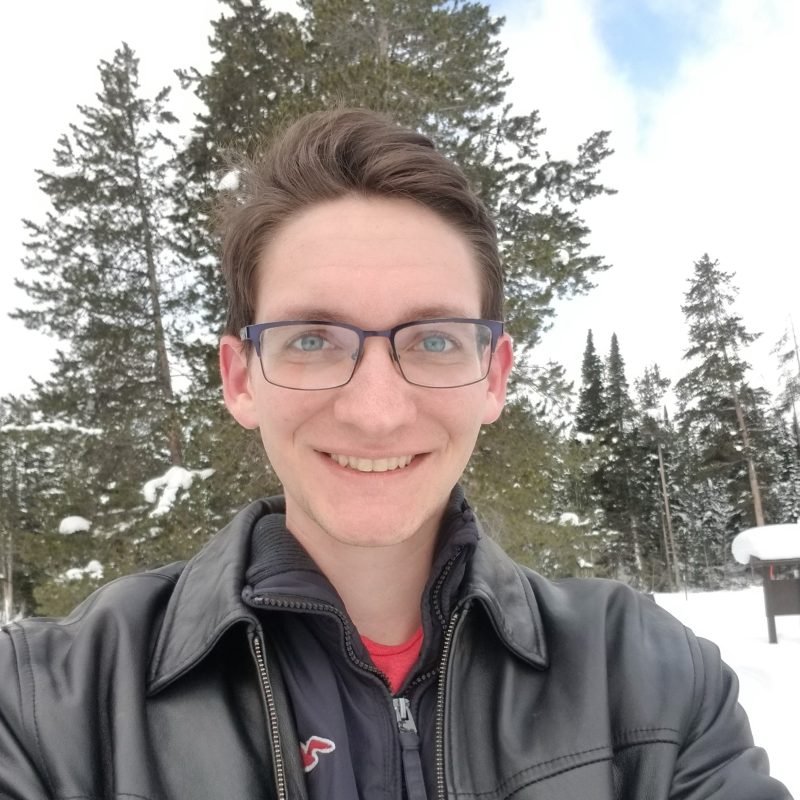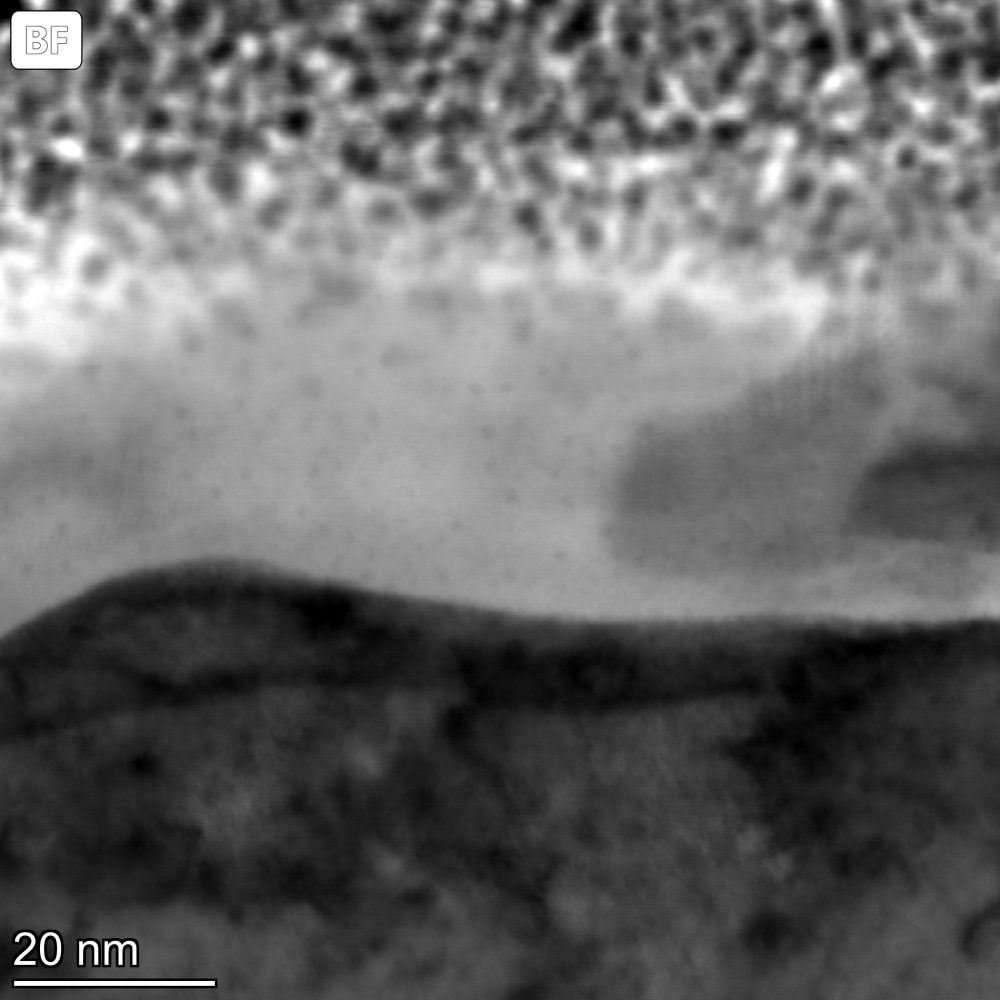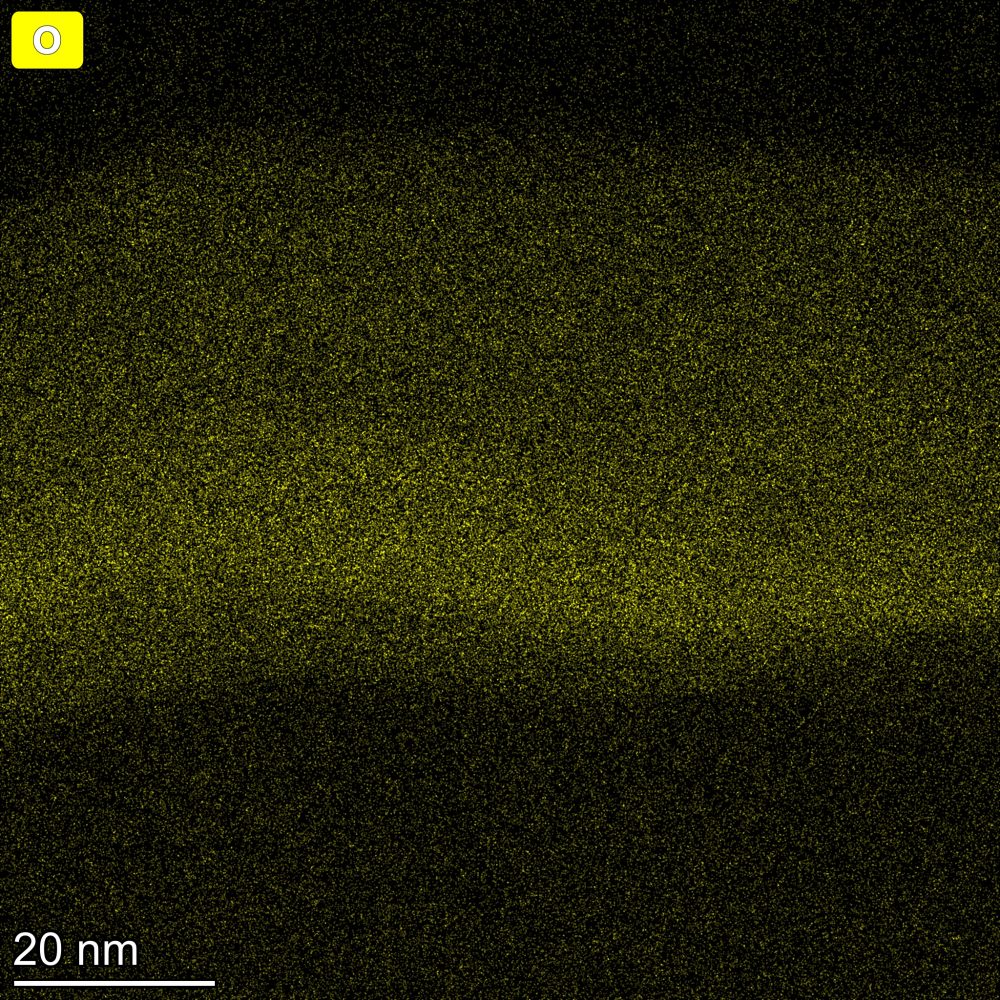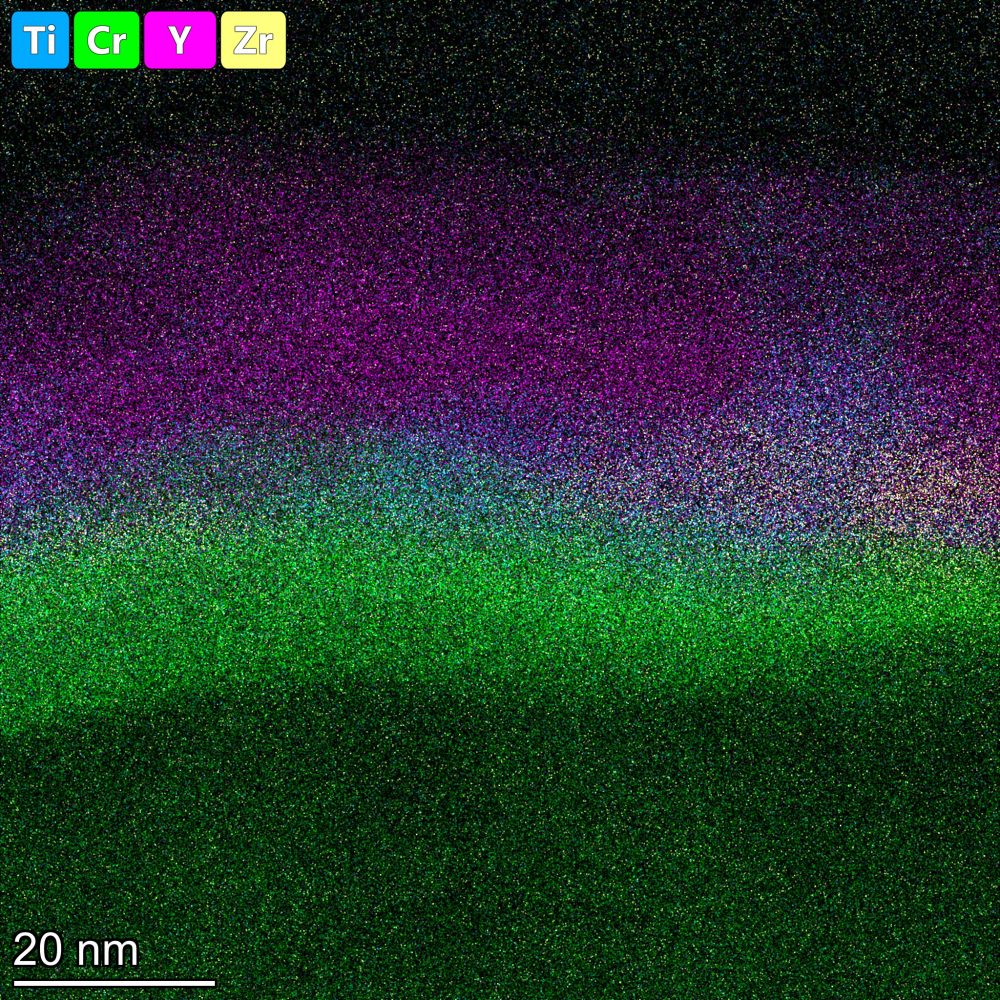
My name is Matthew deJong and I am a 2nd year graduate student in the materials science and engineering department, but I conduct my research in the nuclear engineering department. I am co-advised by Dr. Djamel Kaoumi who is in the nuclear engineering department, and Dr. Tim Horn who works in the mechanical and aerospace engineering department. In my free time I enjoy playing tennis, volleyball, disc golf, and board games as well as hiking, kayaking, and bouldering. I am originally from Woodstown, New Jersey, and obtained my bachelor’s degree from Virginia Tech in materials science and engineering. My career goals include obtaining a PhD and obtaining a research position in either national labs or industry, where I can continue materials characterization, preferably for either structural or environmental applications.
What instruments are you using for your research and why do you like them?
I primarily use the Quanta 3D FEG Focused Ion Beam and Talos F200X G2 TEM to prepare and image samples, but I have also used the Helios 5 Hydra Dual Beam Plasma Focused Ion Beam and the Titan TEM. I really like how the Talos F200X G2 TEM enables me to obtain different types of data relatively quickly on my samples within one session of using it. Before getting trained on TEM I did not realize so much data on microstructure could be obtained with one instrument, with one form of sample preparation.
What have you been researching and how is it impacting the community?
My research is about understanding how changes in parameters influence 3D printed oxide- dispersion-strengthened steel, consolidated from steel powder with an oxidized surface using Laser Powder Bed Fusion (LPBF). My role in this project is to prepare printed and powder samples using FIB, and to use TEM to determine the phases present in both. The objective is to quantify and identify oxides present in the steel as processing parameters and chemistry of the steel are changed, as well as observe how the oxide shell and other features change in the powder as a function of chemistry and size.
ODS steels are valuable for use in structural components in the nuclear industry due to their high resistance to radiation damage and creep resistance at elevated temperatures. Drawbacks when creating this material is the difficulty in producing it in relevant shapes for nuclear reactors and the difficulty to weld it without affecting the oxide precipitate population. Additive manufacturing of these alloys is of interest since it can produce a complex near-net shape component without the need of welding. My research group is hoping to produce quality ODS steel containing a high density of nano-scale oxides, with high strength at elevated temperatures using Laser Powder Bed Fusion and assess its feasibility as a production method to improve the structures within nuclear reactors.
“Before getting trained on TEM I did not realize so much data on microstructure could be obtained with one instrument, with one form of sample preparation.”



Bright field (left) chemical maps (middle and right) of oxide layers at surface of steel powder made through gas atomization reaction synthesis. The purpose of this oxide layer is to provide oxygen during consolidation of powder, which is typically done under argon, in order to create an oxide dispersion strengthened steel
(data taken on the Talos)
What have you learned from your experience at AIF?
At AIF I have learned about the type of work necessary for in-depth materials characterization, as well as the types of data that you can collect from a material. I have also learned about how the machines at AIF collect the data which helps me further understand what I do and see in literature.
Best thing about AIF in 5 words or less?
Staff is helpful and friendly.
Is there a staff member at AIF that has helped you?
Roberto, Toby, and Chris have all been very helpful whenever I have had a question about the Talos or FIB. Chris in particular has been extremely helpful with obtaining the data I need, and he welcomes any questions I may have.